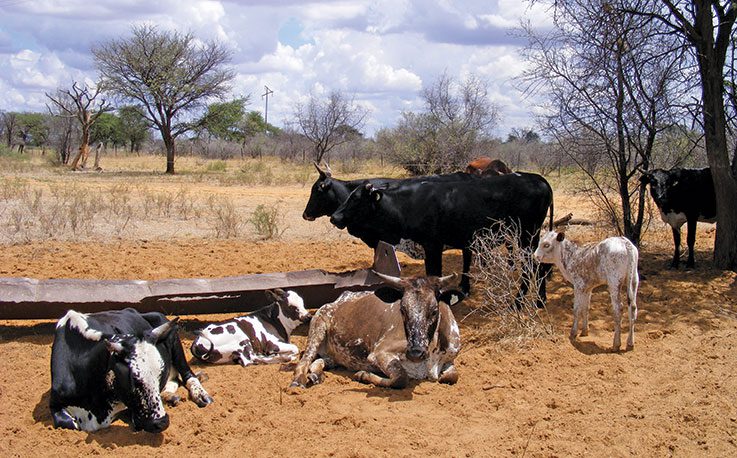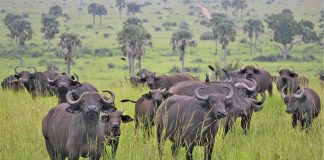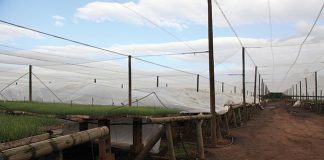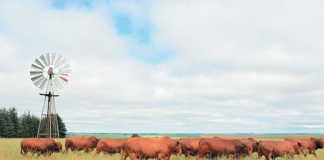
Farming conditions in Southern Africa vary tremendously, with grass type, climate, rainfall, temperature and so forth being very different from one area to another. These conditions can determine whether livestock parasites, such as ticks, flies and mosquitoes, become a problem.
For example, ticks, which can carry deadly illnesses such as redwater and heartwater, thrive in hot, humid regions. Farmers here therefore need to have good animal health regimens (such as dipping) in place.
In addition, their livestock will ideally be adapted to the region, particularly to known parasites. In other words, after ongoing infection by parasites over several generations, such animals will have developed a degree of immunity to tick-borne diseases.
Indeed, some indigenous livestock breeds such as Nguni cattle and indigenous veld goats have a high degree of resistance to local livestock diseases (although not every member of such species will be totally safe at all times from deadly diseases).
Protect that immunity – avoid overusing medication!
If you have been farming indigenous breeds in a parasite-infested area and haven’t suffered serious losses, you should avoid using drugs and preparations that could interfere with the animals’ innate immunity.
If, however, you have bought such animals from areas of low parasite infestation and are now running them in risky areas and you notice signs of serious illness, dip the animals and use the appropriate antibiotics.
The important thing is never to overuse antibiotics and medicines on livestock. This will tend to reduce the natural immunity of the animals.
It is not only indigenous breeds that have good natural immunity; even foreign breeds can develop high levels of immunity. If you want to buy in livestock, make sure you’re well informed about the area they come from. Above all, get to know the main livestock diseases in that area.
Be wary of buying livestock for breeding purposes on auction. Even if this auction takes place in an area with high parasite loads, not all livestock for sale may come from that area! They will therefore not have the necessary immunity.
A reputable farmer or livestock agent will usually explain the background details of the animals on sale. But if you’re unsure of anything, ask! Learn as much as possible about the medical history of the animals and the diseases of the area from where they come.
In general (although it obviously varies), coastal regions are risky when it comes to livestock diseases. So avoid buying animals from dry, cold climates with low parasite incidence and moving them to within about 100km of the coast.
Also ask about the vaccination status of livestock you intend to buy. Rather purchase animals vaccinated against diseases prevalent in your area.
Veld type
Another factor to consider is that livestock don’t always adapt well to new geographical regions with vegetation or grass types that are very different to that which they are used to.
If the animals go from a sweetveld region with highly nutritious grasses to an area with poorer, less nutritious grasses, you may see a decline in their condition at first. In fact, they may take several months to acclimatise. These animals may need supplements that are scientifically formulated to provide trace elements and compounds such as urea that aid gastric function.
In my experience, Nguni cattle seem to acclimatise more quickly to rapid environmental change than beef breeds do. Some breeds can take up to six months to adapt.
Be on the alert
When buying new livestock, research the diseases they may encounter in their new home, particularly the symptoms of and treatments for such diseases. Make certain you have the right medication in stock and monitor the animals daily for the first month or two.
Be especially vigilant during peak parasite season. This will usually be just after the first rain and during midsummer.
Shane Brody is involved in an outreach programme aimed at transferring skills
to communal farmers. FW










